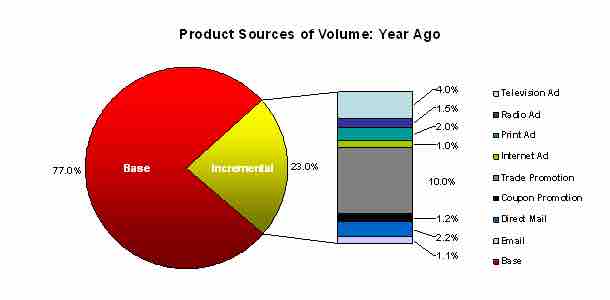Impact of Technology on Marketing
Communication helps businesses grow and prosper, creates relationships, strengthens the effectiveness of organizations, and allows people to learn about one another. Technologies, such as the Internet, mobile phones, social media, and customer relationship management systems greatly affect the way companies communicate with prospective customers. These new forms of communication are changing the media landscape and the type of messaging strategy organizations use.
Many consumers and business professionals seek information and connect with other people and businesses from their computers and phones. With access to many sources of information and an interest in interactive media, consumers may collect more product information on their own. Work environments are also changing, with more people having virtual offices, texting on their cell phones, or communicating through social media sites such as Facebook, LinkedIn, Pinterest, and Twitter. As the media landscape changes, the money that organizations spend on different types of communication will change as well. Once companies have developed products and services, they must communicate the values and benefits of the offerings to current and potential customers.
Integrated marketing communications (IMC) provide an approach designed to deliver one consistent message to buyers through an organization's promotions that may span all different types of media - such as TV, radio, magazines, the Internet, mobile phones, and social media. Delivering consistent information about a brand or an organization helps establish it in the minds of consumers and potential customers across target markets. With IMC, organizations can coordinate their messages to build the brand and develop strong customer relationships while also helping customers satisfy their needs.
Young people today are part of the millennial generation, and it is consumers from this generation who are driving the change toward new communication technologies. A young consumer might opt to get promotions via mobile marketing - say, from stores on your cell phone as you walk by them or via a mobile gaming device that allows you to connect to the Web. Likewise, advertisements on Facebook are popular as businesses continue to utilize more social media. Traditional media (magazines, newspapers, television) compete with media such as the Internet, texting, mobile phones, social media, user-generated content such as blogs, and YouTube as well as out-of-home advertising such as billboards and movable promotions. Therefore, all forms of marketing media have been forced to come up with new innovations to remain relevant.

Marketing Media
This chart depicts an example of the mix of marketing techniques a company can utilize to promote its products or services.
Challenges of Technological Complexities
With high consumer expectations and an explosion in engagement devices and channels, marketers today are faced with a sprawling matrix of disconnected figures to make sense of. Some tools today provide a more consolidated view of figures, but still, 71% of Chief Marketing Officers (CMOs) feel unprepared for the data explosion they face. There are two possible camps in modern marketing: those who "get it" and have intricate systems in place to measure and act on the intelligence provided by multi-channel metrics, and those who view metrics as a check-box item on their list of requirements – something they know they need but don't know how to leverage effectively.
Collecting metrics today means going beyond tracking the transaction and business objectives. In order to leverage metrics strategically to create loyal and engaged clients, businesses need to look at creating consolidated, personal views of their customers that span channels. They need metrics that can come together to help paint a picture of the end-to-end client relationship and show how to better target messaging to drive engagement. Marketers need to find a way to break down the silos and connect the data sources. Only then can they get a complete view of client interaction and transactions and leverage this data to build strong relationships.